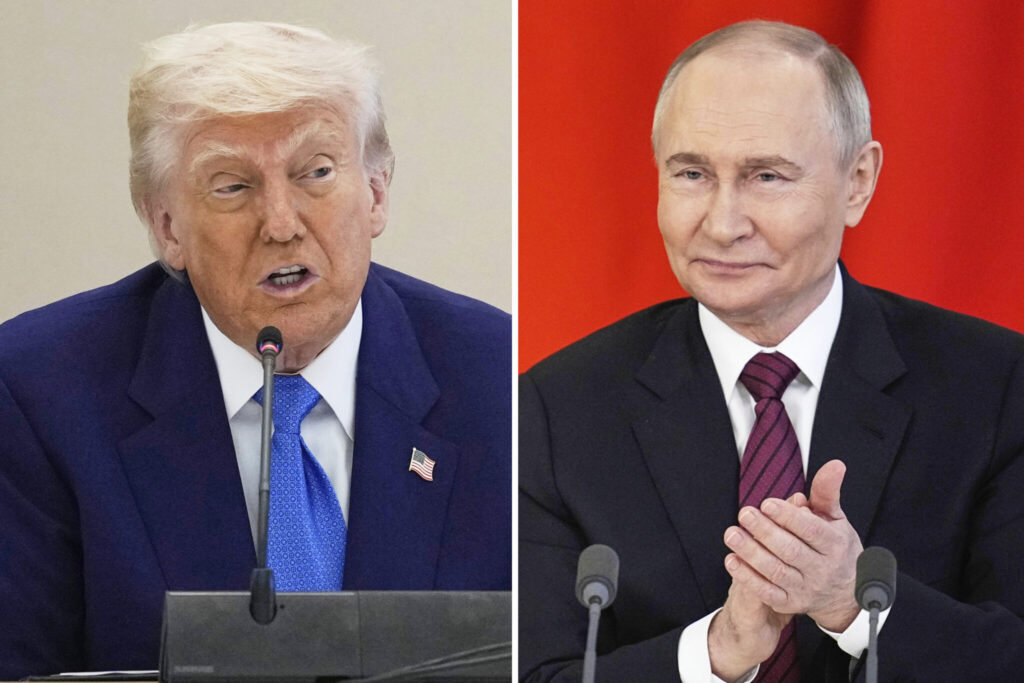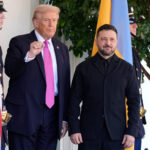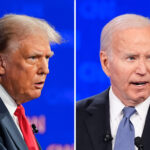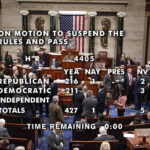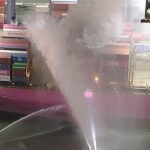Trump-Putin Alaska Summit Rekindles State’s Russian Ties, Tensions/ Newslooks/ WASHINGTON/ J. Mansour/ Morning Edition/ President Donald Trump and Russian President Vladimir Putin will meet Friday in Alaska, a state with deep historical ties to Russia. The summit highlights centuries of shared history, from Russian fur traders to Cold War tensions. Critics argue the location sends the wrong message amid the Ukraine conflict.

Trump-Putin Alaska Summit Quick Looks
- Trump and Putin to meet in Alaska on Friday.
- Alaska’s history with Russia dates back to 18th-century fur traders.
- Russian Orthodox influence remains visible in churches and surnames.
- The U.S. purchased Alaska from Russia in 1867 for $7.2 million.
- Alaska played a strategic role in WWII and the Cold War.
- Past dignitaries visiting Alaska include Pope John Paul II, Obama, and Xi Jinping.
- Anti-Putin rallies planned by local activist groups.
- Critics warn summit location could bolster Russian territorial narratives.
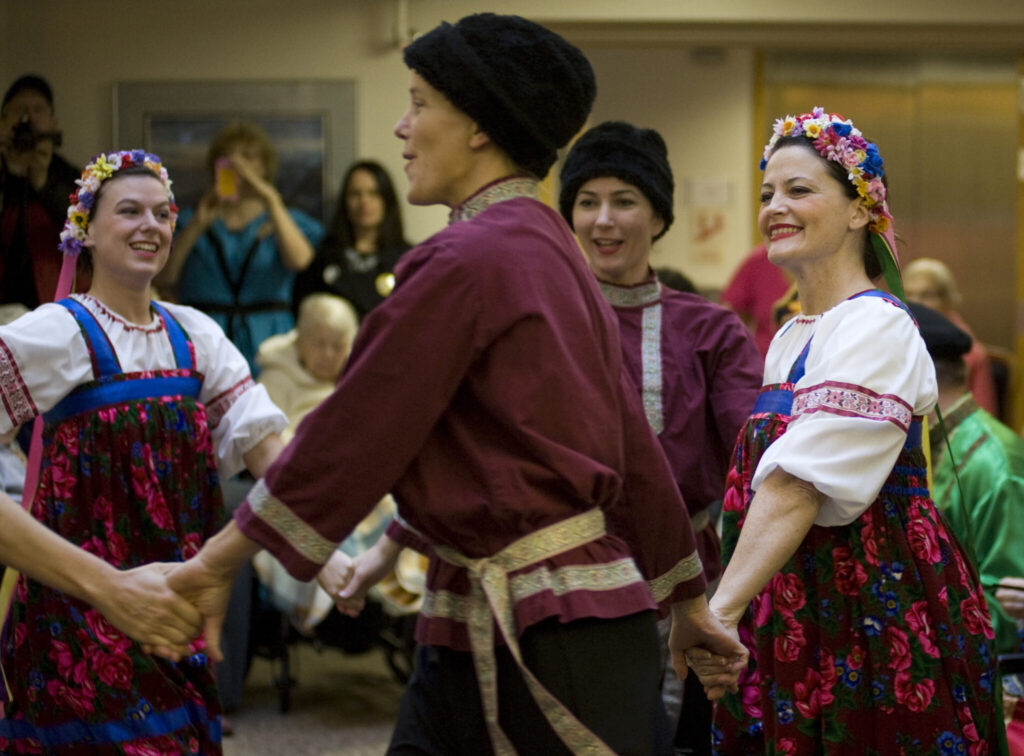
Trump-Putin Alaska Summit Rekindles State’s Russian Ties, Tensions
Deep Look
ANCHORAGE, Alaska — When U.S. President Donald Trump and Russian President Vladimir Putin sit down in Alaska this Friday, the summit will mark a new chapter in the state’s long, complicated relationship with Russia — one shaped by exploration, commerce, military strategy, and lingering tensions.
A Shared but Uneasy History
Russian influence in Alaska began in the early 18th century when Siberian fur traders crossed the Bering Sea. They established outposts in Sitka and on Kodiak Island, where Russian Orthodox missionaries baptized thousands of Alaska Natives. Today, the oldest building in Anchorage is still a Russian Orthodox church, and many Alaska Native families carry Russian surnames.
Yet the relationship was exploitative. Russian settlers, never numbering more than about 400 permanent residents, forced Indigenous communities into the fur trade, nearly driving sea otters to extinction by 1867. Facing economic hardship after the Crimean War, Czar Alexander II sold Alaska to the U.S. for $7.2 million — a transaction derided at the time as “Seward’s Folly” but later vindicated by the Klondike Gold Rush in 1896.
Strategic Importance in the Modern Era
Alaska’s location — with Little Diomede Island just three miles from Russia’s Big Diomede — has made it a focal point for military strategy. During World War II, Japan captured the Aleutian island of Attu, prompting the only WWII battle fought on North American soil.
In the Cold War, U.S. defense planners feared Soviet nuclear strikes via polar routes. This led to the construction of radar networks and missile defenses across the state. The military’s Arctic expertise eventually supported oil development and the building of the trans-Alaska pipeline.
Today, the Pentagon warns that Arctic security is again a priority as Russia and China increase military activities in the region. Last year, 130 U.S. soldiers were deployed to a remote Aleutian island following a spike in Russian military flybys and naval movements near U.S. waters.
Alaska as an International Stage
Alaska has a history of hosting world leaders. Japanese Emperor Hirohito stopped in Anchorage in 1971 before meeting U.S. President Richard Nixon. In 1984, President Ronald Reagan met Pope John Paul II in Fairbanks, drawing thousands of onlookers.
President Barack Obama visited in 2015 to spotlight climate change, becoming the first sitting U.S. president to travel north of the Arctic Circle. In 2017, Governor Bill Walker greeted Chinese President Xi Jinping at the Anchorage airport. Four years later, Anchorage hosted tense U.S.-China talks soon after President Joe Biden took office.
Putin’s Visit and Local Response
Putin’s trip marks the first by a Russian leader to Alaska. However, relations between the state and Russia have cooled dramatically since Russia’s 2022 invasion of Ukraine. Anchorage ended its 30-year sister city relationship with Magadan, while Juneau sent a letter to its Russian counterpart, Vladivostok, expressing disapproval.
Grassroots group Stand Up Alaska has organized anti-Putin demonstrations for Thursday and Friday. Among those speaking out is Dimitry Shein, a former congressional candidate who fled the Soviet Union as a child. He argues that Russia and the U.S. are showing troubling similarities in governance.
Critics Question Symbolism of Summit Location
Some foreign policy experts believe meeting in Alaska could be symbolically dangerous. Nigel Gould-Davies, former British ambassador to Belarus, warned that Putin might use the venue to suggest parallels between Alaska’s sale and Russia’s claims on Ukrainian territory.
“It’s easy to imagine Putin making the argument … ‘We gave you Alaska. Why can’t Ukraine give us a part of its territory?’” Gould-Davies said.
Alaska’s Dual Identity: Frontier and Crossroads
For Alaskans, the summit underscores the state’s unique role as both a frontier and an international crossroads. The same waters that once carried fur traders and missionaries now host global diplomacy — and, occasionally, geopolitical friction.
From the brutal extraction of the fur trade to the contested skies of the Cold War and now to high-stakes diplomacy over Ukraine, Alaska has been both a witness to and a participant in the evolving U.S.-Russia relationship. Friday’s Trump-Putin summit will add another complex layer to that history, one likely to be debated for years.

